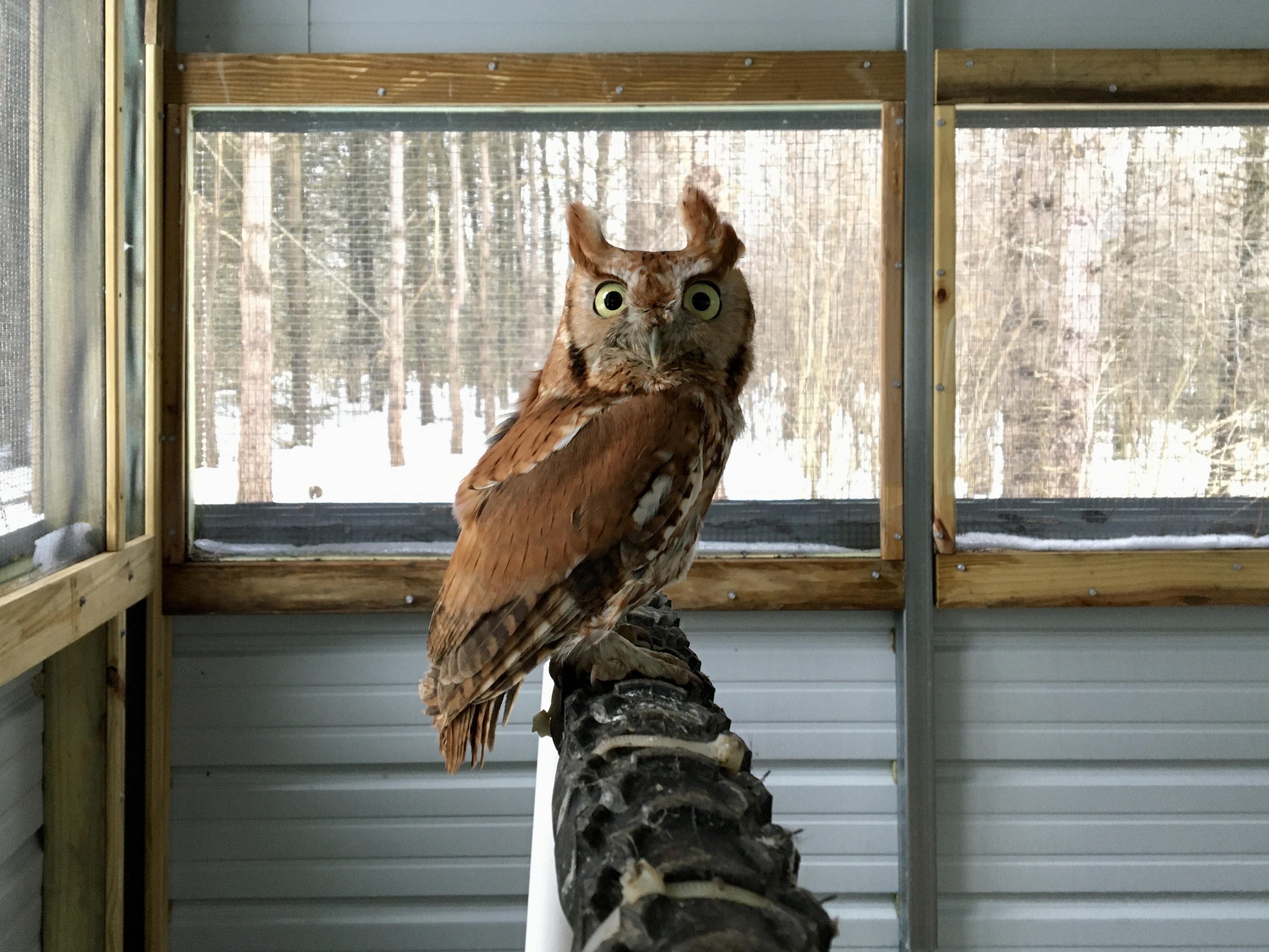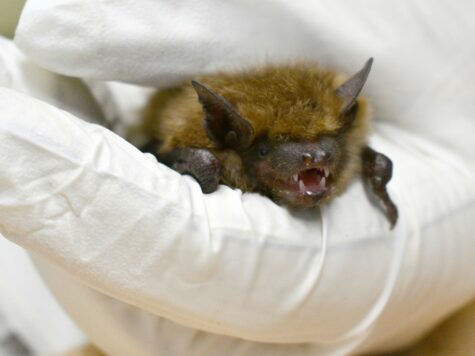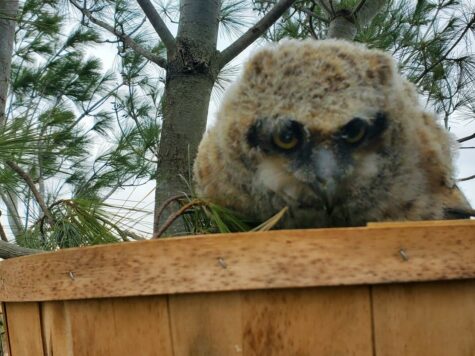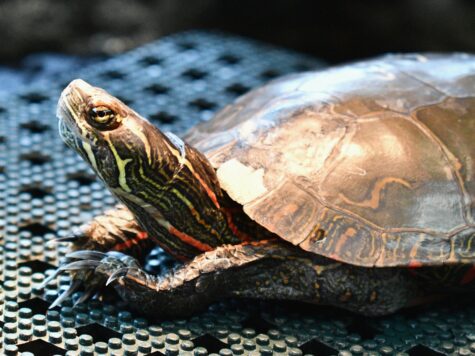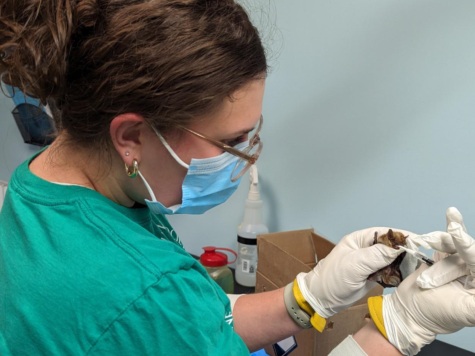In November 2019, Dane County Humane Society’s Wildlife Center received a call about an owl that was found injured in the middle of a road in Waterloo, WI. The caller described the bird as being only a few inches tall with reddish feathers, matching the description of only one species of owls here in our state: the eastern screech owl. The owl was easy to pick up, had blood on its beak, and appeared "dazed," as if it had been hit by a car and stunned. After the finder set up an appointment to bring the bird in to DCHS, our licensed wildlife rehabilitation staff performed a physical exam and determined that it had a broken wing. Its left humerus was fractured and displaced, and it was depressed due to its severe injuries.
Eastern screech owls are a rare patient at our wildlife center due to their secretive nature and because they are nocturnal. They live in deciduous wooded areas and nest and roost in tree cavities. They also eat small rodents or earthworms as the main parts of their diet. These are important factors for rehabilitators to consider when selecting the right habitat for release after treatment.
This eastern screech owl was a special patient, as humerus fractures are generally difficult to repair. In this case, it was even more challenging due to the owl's small body size. DCHS’s Wildlife Center is grateful to work with expert veterinarians at the University of Wisconsin-Madison Veterinary School (Special Species Program), where the bird was taken for surgery. They placed a metal pin in its wing to stabilize it, and a wing wrap was applied to keep the surgical site safe. The bird was then brought back to the Wildlife Center for the remainder of its rehabilitation, where staff and volunteers provided continued care, including pain and wound management, food, cage rest, physical therapy after the pins were removed, and weekly check-ups completed by a veterinarian.
This owl spent over 4 months in our care, and we were so excited to release this bird back into the wild this March. The owl completed months of flight tests so we could be sure they could survive and fly in the wild. By the end of its rehabilitation, the owl could fly, catch food and was healthy. It was released as close to the original rescue site as possible so that it may return to its own territory.
We are grateful for the opportunity to help over 2,600 wild animals like this eastern screech owl this year, and we are even more grateful to the people in our community who make this lifesaving work possible.
Make a gift today to support programs like Dane County Humane Society's Wildlife Center. When you donate today, your gift will have DOUBLE the impact thanks to our matching gift!
Thank you for your generosity and patience! Due to all the support of DCHS this Giving Tuesday, our donation form below may take a minute or two to load.
